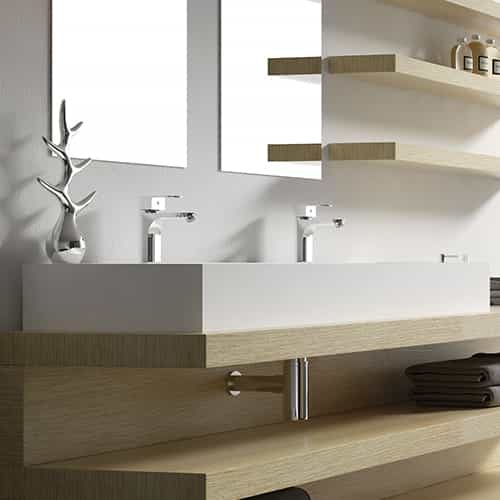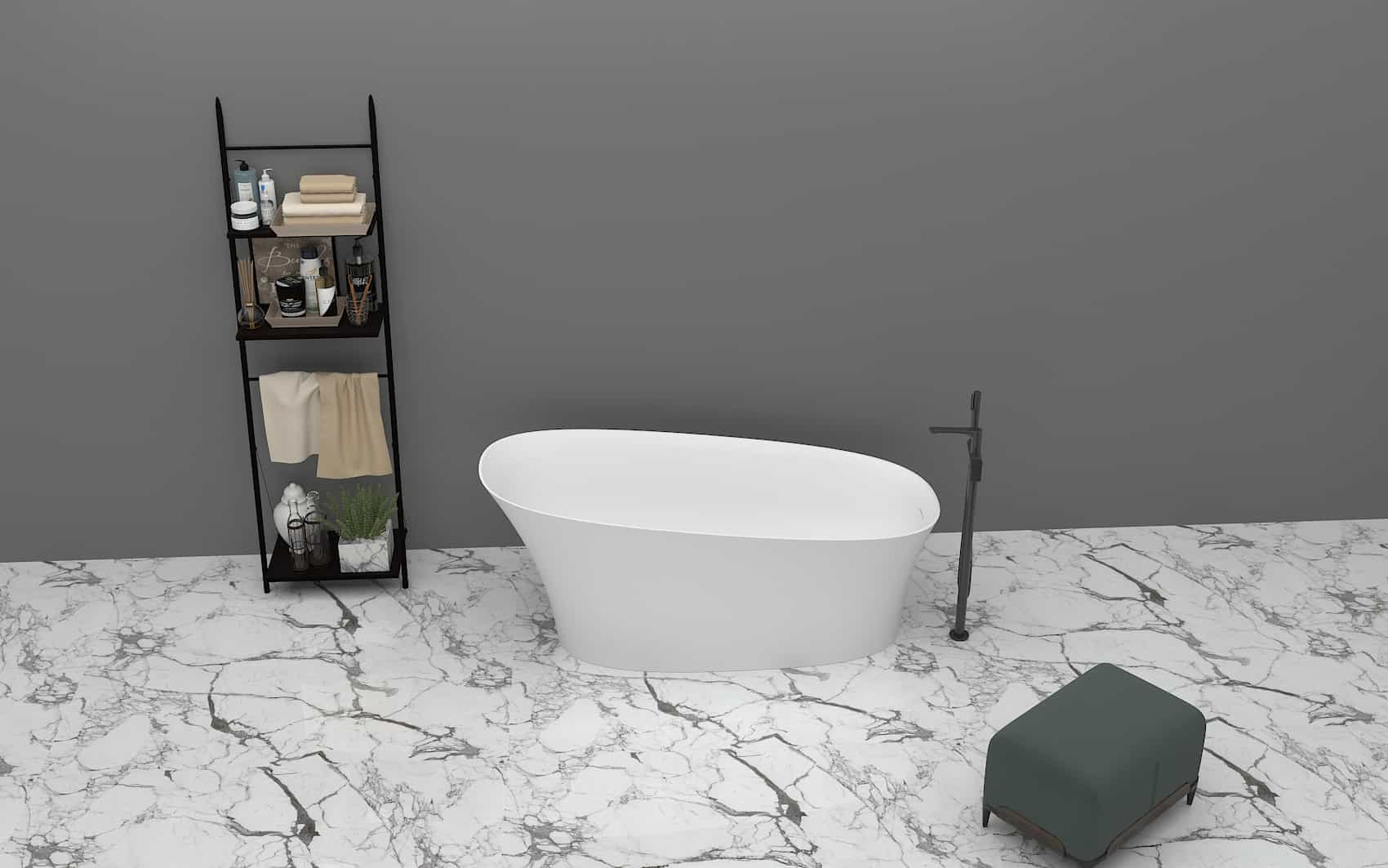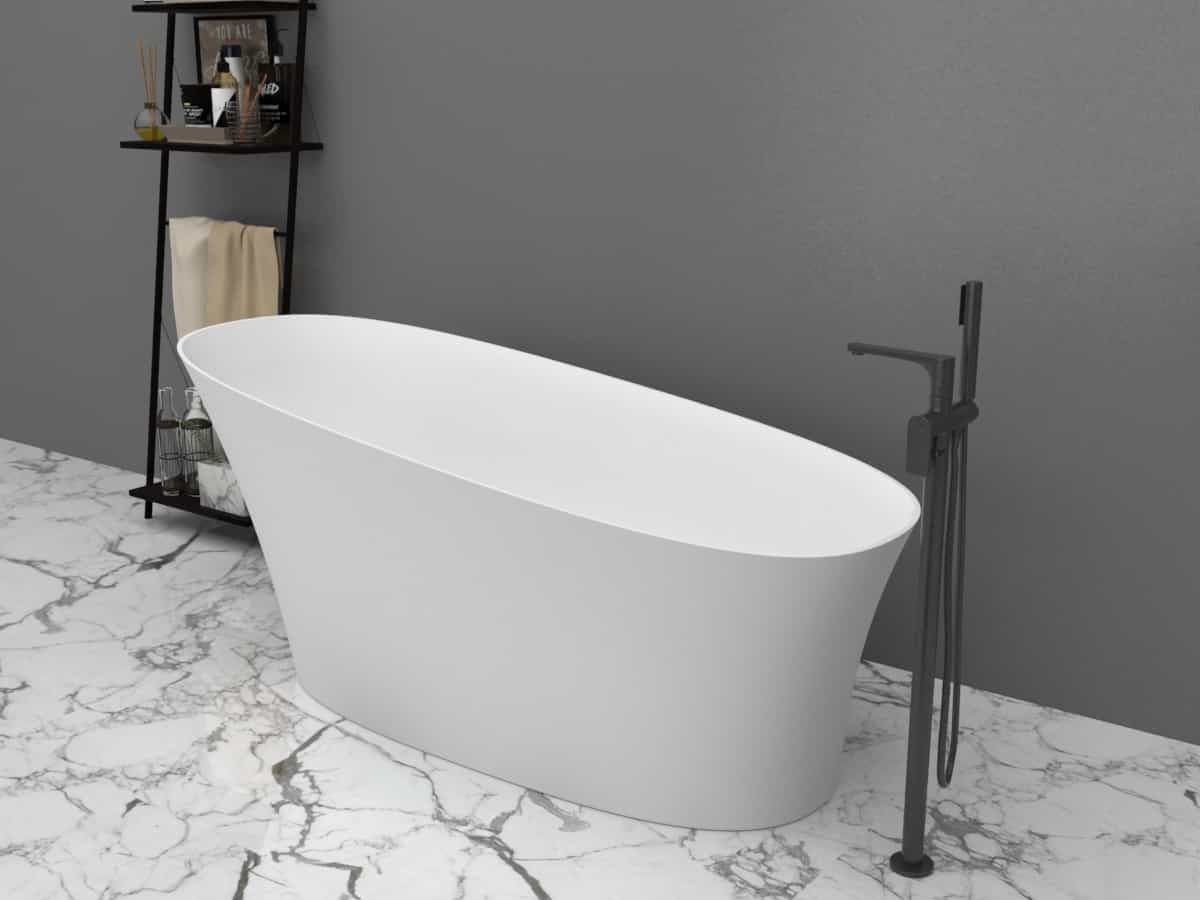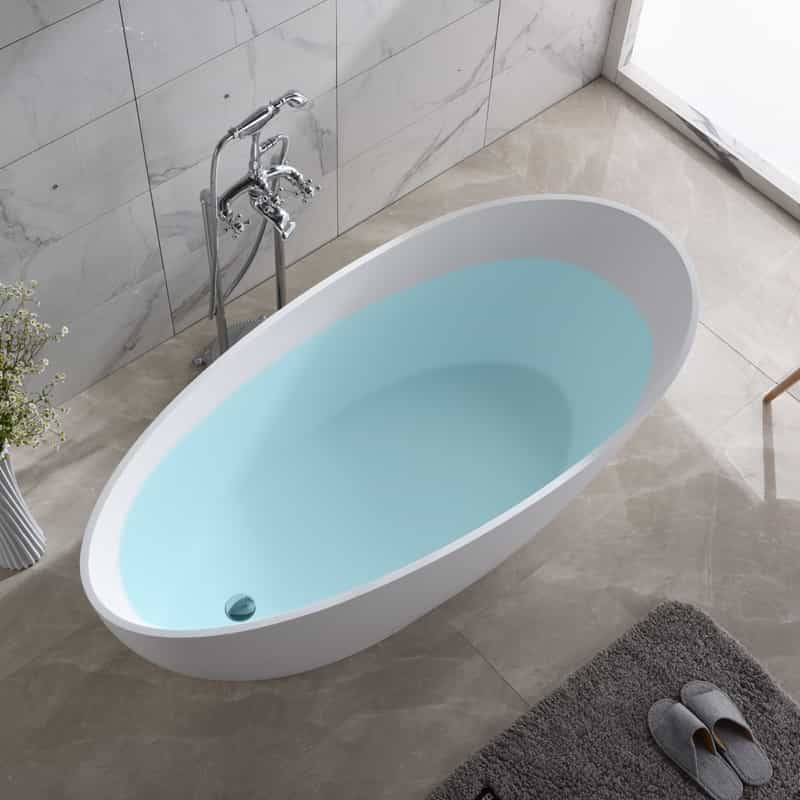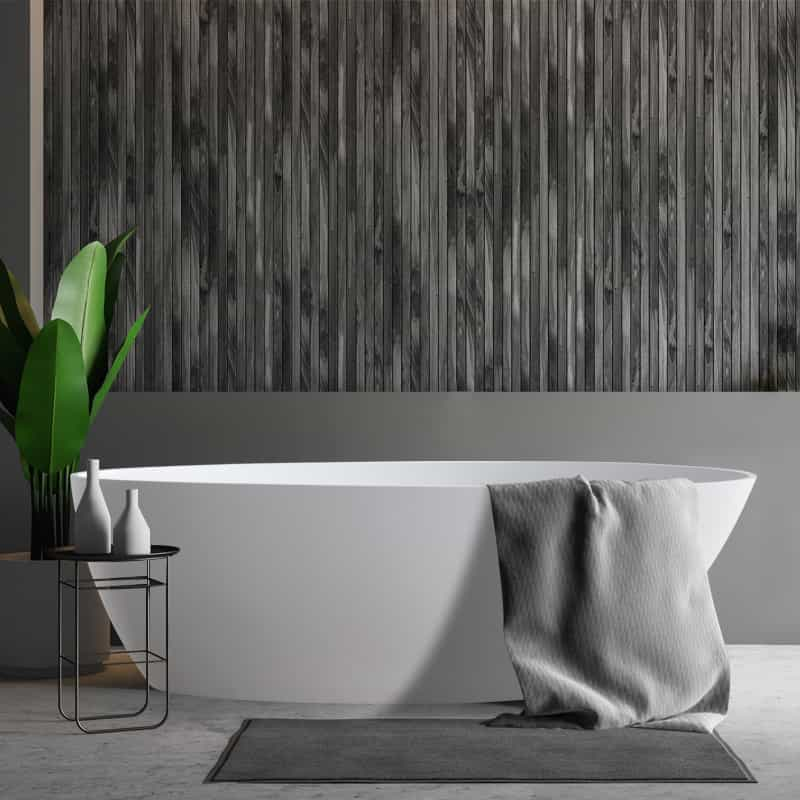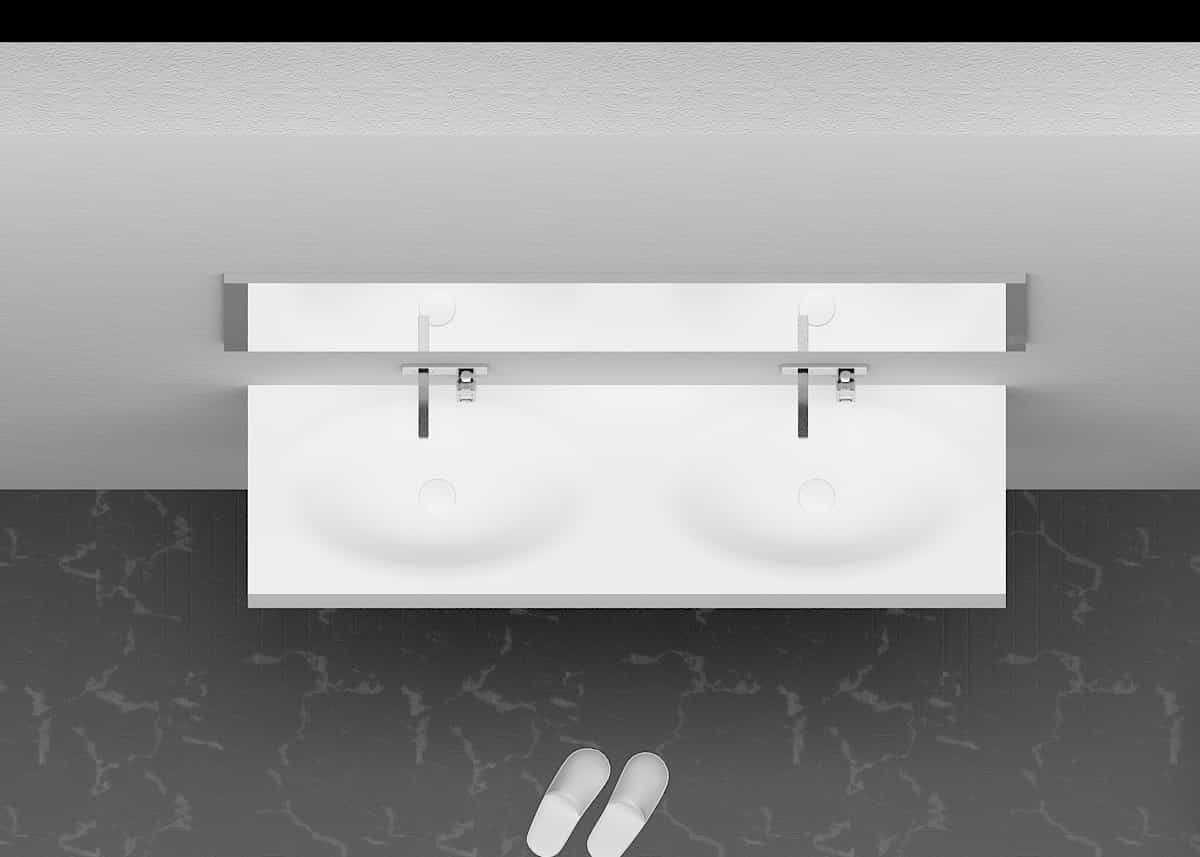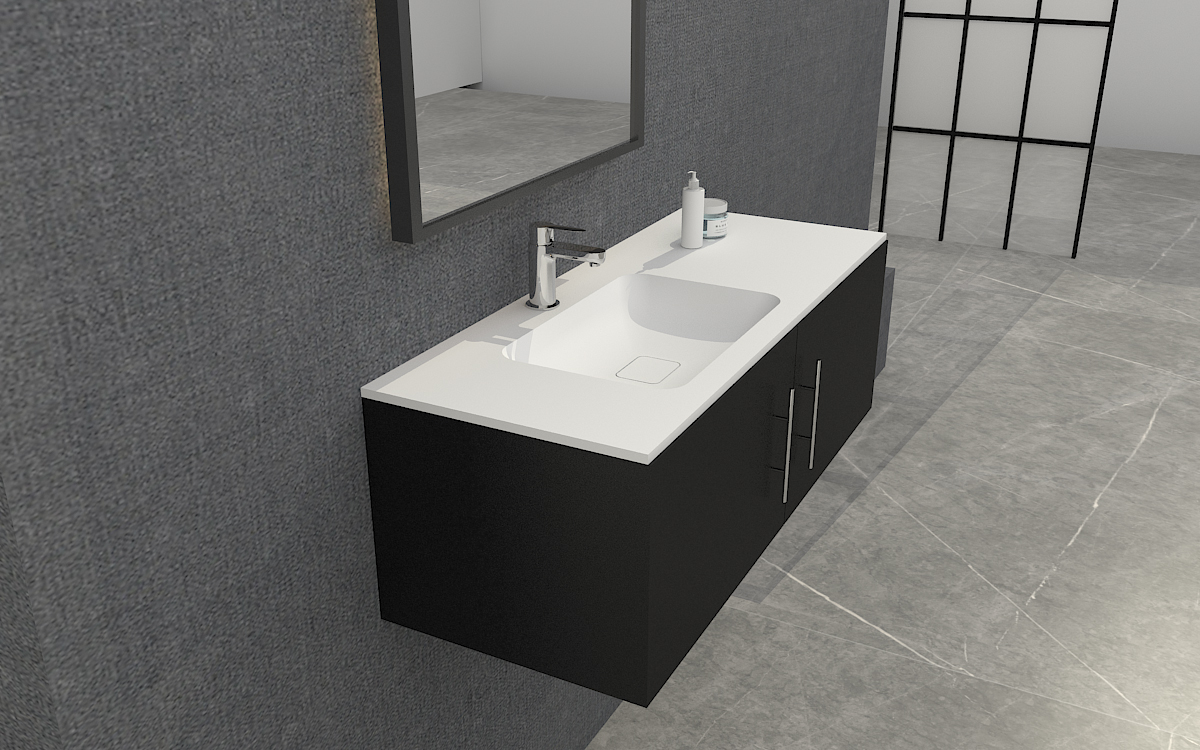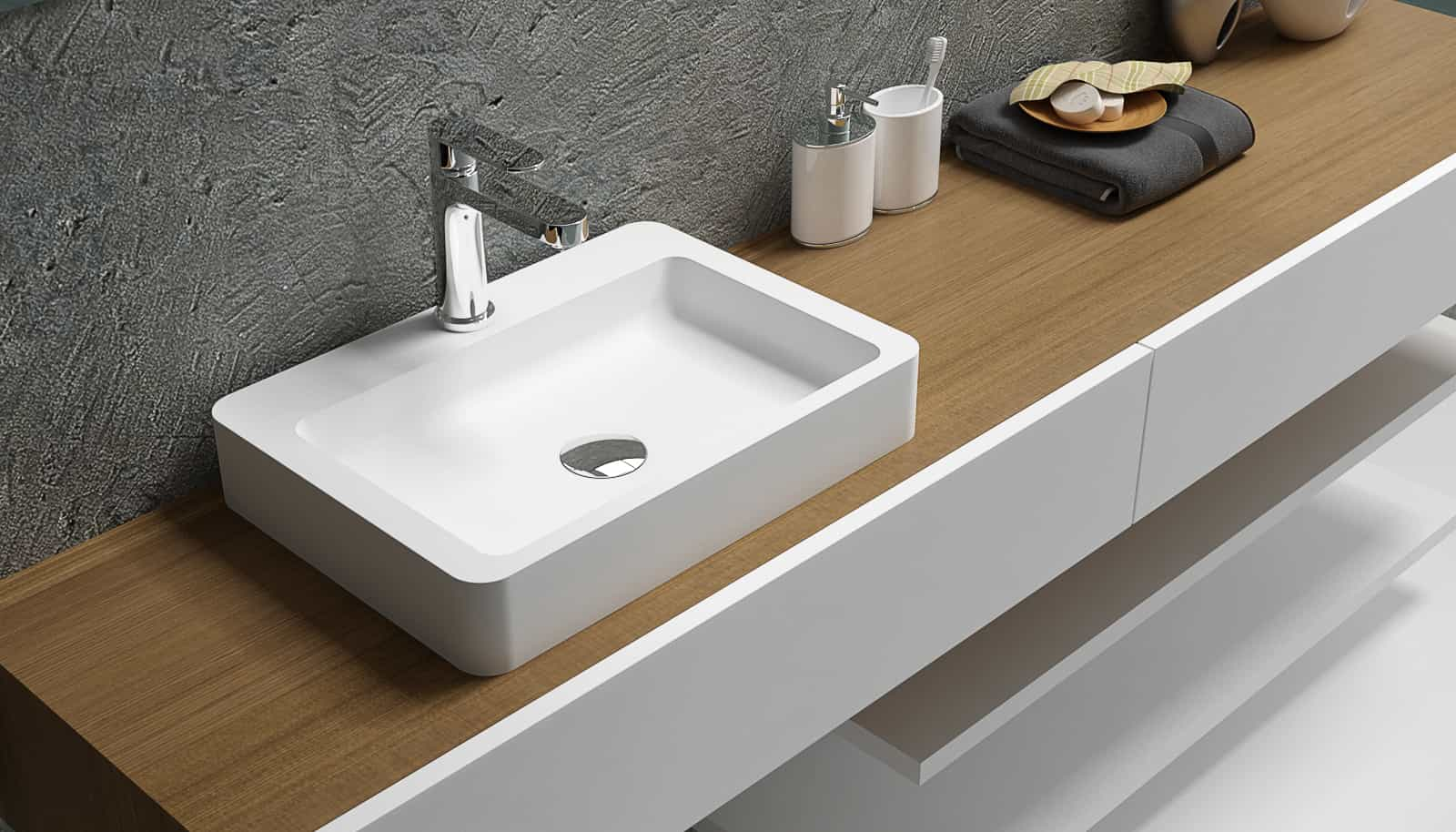
The main source of indoor decoration pollution is formaldehyde. Benzene and other harmful gases, simple open windows and ventilation can not solve the problem. Interior decoration pollution treatment program needs to be more targeted, after all, in addition to formaldehyde and in addition to benzene in a different way. There are many ways to decorate pollution, only really effective analysis of its fundamental, to find out the culprit of indoor decoration pollution can really do effective governance, broad governance program sometimes instead because it is not targeted and lack of the original meaning of the problem.
Long time ventilation (time more than six months). Analysis: applicable to lighter odor, good ventilation conditions, can be placed for a long time ventilation after the renovation of the room. For rooms with heavy pollution and poor ventilation, it is difficult to achieve the effect of odor removal. Cost: almost zero. Effect: 10%~30% of the effect of decoration pollution treatment.
Use air aromatics, bagged aromatic plants, tea, pineapple, etc. to combat odors. Analysis: Air aromatic agents and bags of aromatic plants basically play a masking role or simply a psychological role, and can not play a fundamental role in the elimination of pollution. Cost: low. Effect: Weak. Tea and pineapple, etc. have weak efficacy against odor and can be used as auxiliary products.
The use of activated carbon adsorption and purification principle (such as air purification system) to adsorb large molecules of gas suspended particles in the air, through forced air circulation to achieve the purpose of filtering and purifying the air. This decoration pollution treatment method is stable, non-toxic and non-side effects, and reasonable cost, the adsorption effect of volatile organic compounds such as benzene is very good, will not produce secondary pollution.
The use of chemical decomposition reaction principle, the use of commercially available formaldehyde capture agent class of products to remove odors. This method is applicable to the renovation process to deal with materials such as panels to achieve the prevention of renovation pollution. Special attention should be paid to chemical removal is prone to secondary pollution.
The use of plants to absorb formaldehyde principle developed formaldehyde remover painted on the exposed surface of furniture and man-made panel products, so that it penetrates into the interior of the plate, and the plate internal free formaldehyde polymerization reaction to remove the free formaldehyde in the plate; at the same time, the use of furniture deodorizer and decoration deodorizer produces strong oxidation gas quickly decompose furniture or indoor air in the formaldehyde, benzene, ammonia and other decorative pollutants. This method can quickly reduce the concentration of indoor pollutants to the national standard below, especially for furniture treatment effect is quite obvious.
However, this process has high construction requirements, requiring all pollution sources to be processed, otherwise it may not be able to meet the standard formaldehyde concentration after treatment.
For pre-decoration intervention, the use of this process is easier to ensure, but post-decoration intervention, there is bound to be dead ends that can not be dealt with to, in addition, although the paint surface has a certain formaldehyde shielding effect, but will also be extremely slow to release formaldehyde, so may make the treatment can not meet the standards.
Purifiers, more types, mainly active carbon adsorption, ozone decomposition, chemical decomposition, etc., but these require continuous power consumption, because the pollutants are constantly and continuously released, once the power is turned off, the concentration of pollutants is bound to continue to rise. In addition, the purifier are unable to treat the interior of the furniture.








